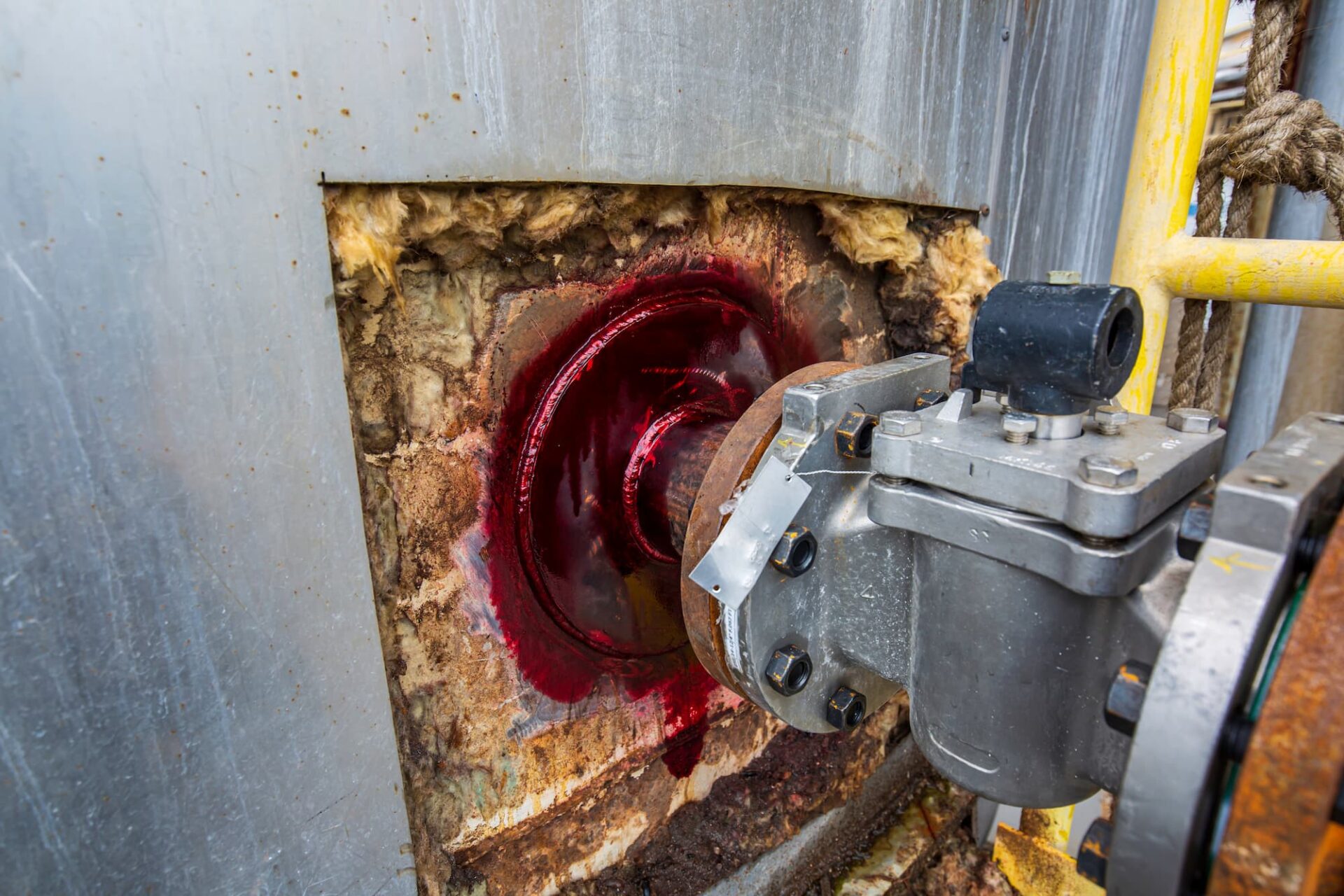Liquid penetrant testing (LPT) has been around for decades, providing a portable, inexpensive, and quick detection of surface flaw defects. The test boils down to a straightforward eight-step process:
- Pre-cleaning to remove contaminants that could prevent penetrant flow.
- Penetrant application via aerosol, brush, or immersion.
- Penetrant dwell time to allow for seepage into surface defects.
- Excess penetrant removal via a solvent to aid developer application and inspection.
- A developer application to draw out the trapped penetrant for evaluation.
- Developer dwell time to ensure ample penetrant outflow.
- Inspection of visible or fluorescent penetrants to ascertain the presence of defects.
- Post-cleaning to remove any processing materials from the workpiece surface.
It’s worthwhile to realize that LPT can only detect the presence of surface flaws; a pipe or tube that passes LPT may still suffer from serious structural defects resulting from manufacturing or operating conditions. More thorough testing such as ultrasonic methods are often required.
While LPT may have a narrow scope in NDT, its ease of implementation from a cost and technical standpoint makes it a staple of any inspector’s toolkit, including ours at LTI. The November 2010 Quality Magazine article, “Basic Principles of Liquid Penetrant Inspection,” explains this test method in greater detail.
View PDF here
Related Articles
Introduction to the ASTM E606 Standard
Low-Cycle Fatigue Testing and the Standards Set Forth by ASTM In the world of engineering, materials are often subjected to…
The Top 5 Consequences of Industrial Operations Not Calibrating Their Equipment
In the fast-paced world of industrial operations, precision is not just a goal—it’s a necessity. Calibration of equipment, a process…
The Benefits of Choosing a Calibration Company that Offers Instrument Replacement and Purchasing Services
In the demanding world of industrial manufacturing and quality assurance, selecting the right calibration partner can significantly impact your operational…
How Small a Defect Can UT Find
Customers often ask LTI how small a defect ultrasonic testing (UT) can find. This question is very difficult to answer…
Ethics in Laboratory Testing
What could be more important than ethics in the world of materials testing? Testing laboratories have an obligation to adhere…
Quality Considerations in Chemical Analysis
A Well-Planned and Managed Quality Control Program When you need chemical analysis services, you expect to receive accurate testing and…

